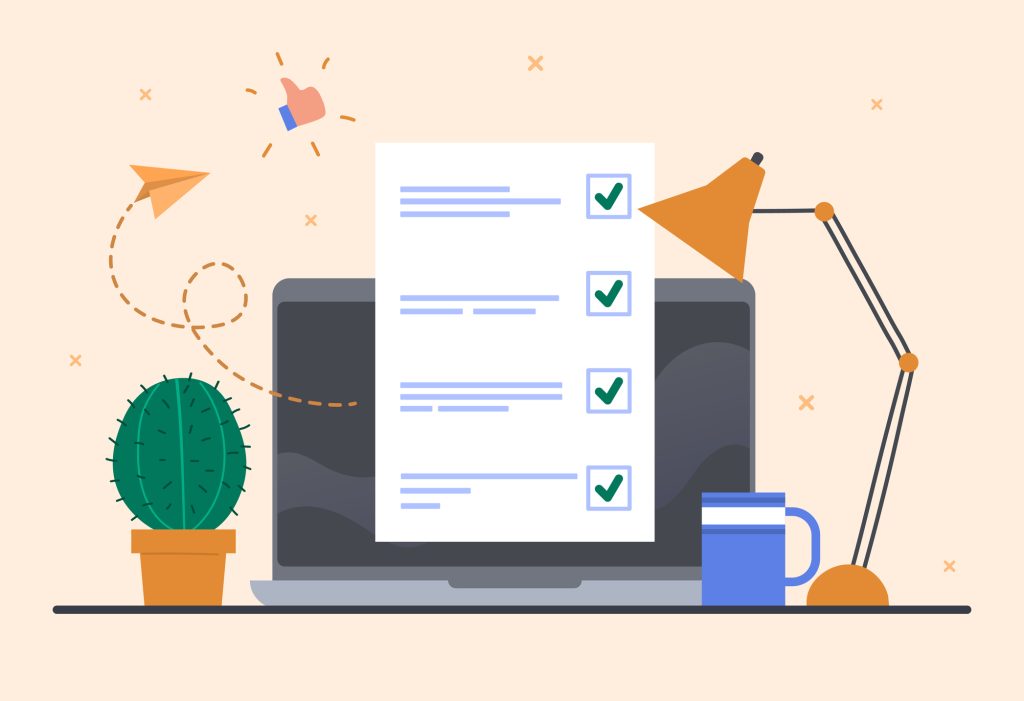During this year’s Aurora Institute Symposium, billed as “the largest gathering of new, developing, and experienced practitioners shaping the future of public education,” panelists and presenters all echoed the same message: “It’s time to rethink the traditional factory model of schools to meet the needs of our students” — to give students voice and choice – making them active participants in their learning process, to let them speak, to hear what they have to say, and to give them agency over their own learning paths. The most powerful sounding of this message came directly from students who experienced a personalized competency-based learning model and met with success.
This overarching theme resonated within breakout rooms and within the inspirational words of keynote speakers, including Dr. Miguel Cardona, Secretary of the U.S. Department of Education.
To provide a personalized competency-based learning model, public schools would require a dramatic change in a paradigm that has lasted longer than a hundred years. At the Aurora Institute Symposium, there was a call to subtract from our current system instead of adding to it, overloading it and then wondering why it is failing – remove the concept of seat time, remove the notion that all knowledge can be classified within four major subjects, and remove the negative connotations associated with failure. Instead, see that learning takes place everywhere, all knowledge is interdisciplinary, and failure is part of the process towards progress. Teachers need easy access to high quality supplemental materials to customize curriculum. Its quality will reflect both locality and generality: the first mirrors the students’ sense of self, while the latter encourages the exploration of the larger world.
I worked in such a school for eleven years in Beverly, MA. I taught with each individual child in mind as I thought about how to connect to them personally and how to guide them toward learning foundational “hard” skills like reading, writing, and arithmetic as well as soft skills like teamwork, critical thinking, and self-advocacy. This path of skills was paved with quality content including newspaper and magazine articles and excerpts from various books.
As one example, on Fridays I usually gave students an hour and a half to learn about anything they wanted. One girl decided to learn how to ride a unicycle. To broaden her desire to learn, I suggested that she also research the simple machines that make the unicycle work. Another child wanted to do an experiment with dominant and nondominant hands while throwing free throws on the basketball court. A third student loved history, so he would research an important event. Other topics were just as diverse. Each student was encouraged to reach out to experts in the corresponding fields. I helped them find published content to enrich their learning experience. I spent more time finding supplemental materials than I would have if I gave a single lesson to the entire group, so this greater responsibility placed upon the teacher needs to be considered as we aim for a more student-centered classroom. Once a student felt they had accomplished what they wanted to learn, they would share with the rest of the class. Some students learned about one thing over the course of a term, others learned multiple. By the end, we witnessed the progression of learning how to ride a unicycle; we learned about simple machines; we were given the conclusions of the free throw data; and we learned a little history, plus a great deal more.
In addition to narratives, describing what their children were learning, I developed relationships with parents, guardians, grandparents, and other caregivers. We were truly a community of learners.
To effectively change the way we think of schools depends upon these relationships and relationships of all kinds. In some states these changes are already happening as some departments of education have asked their districts to personalize learning, meeting the student where they are to then move them forward. The relationship between the state and districts can also be reversed, where some districts across the country have started with student-centered learning models and then partnered with the state to create legislation to support their innovative schools.
These reimagined schools recognize that the most important relationship is between students and ‘learning guardians.’ For teachers must first learn who the people are in front of them. They must be aware of their learning styles, their backgrounds, and their cultures. Therefore, through pedagogy and curriculum, the teachers must be responsive to their needs. Once the students are better understood, then the teachers can provide a curriculum that piques their interests and connects to their dreams. As a teacher, I spent hours finding supplemental materials for my students, in the library and online in order to develop a relationship between the students and published content, which needs to be adaptable, adjustable, and flexible.
Although teachers can be expected to know the child in front of them, they can’t be expected to know everything, but other colleagues can help build a bank of knowledge from which they can draw. The goal is to build a knowledge sharing ecosystem where districts connect and easily exchange quality published content. Within these communities of practice, it is possible to build a personalized competency-based education system with relationships at its core.





